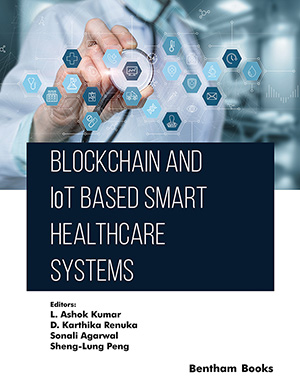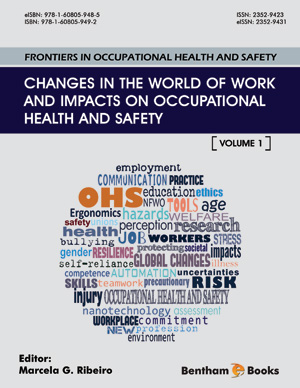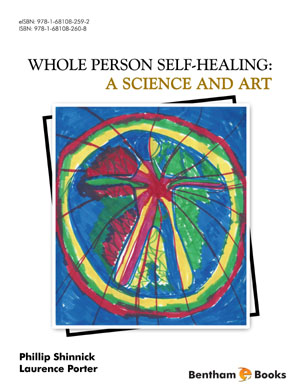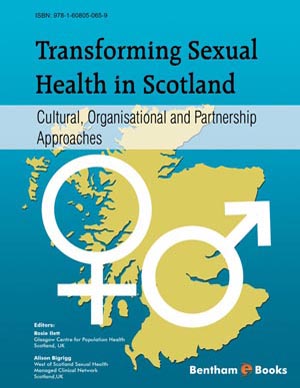Abstract
The growing convenience of electronic healthcare data represents a
significant opportunity within the healthcare segment, offering the potential for both
pioneering discoveries as well as practical applications aimed at improving the overall
quality of healthcare. Nevertheless, for healthcare epidemiologists to fully harness the
potential of all these data, there is a pursuing need for computational techniques
capable of handling extensive and intricate datasets. Machine learning (ML), which
involves the investigation of tools and methodologies for discovering hidden patterns
within data, develops as a valuable resource in this context. The cautious
implementation of Machine Learning techniques with electronic healthcare data
embraces the potential of a comprehensive transformation of patient risk assessment,
traversing across the entire spectrum of medical disciplines and predominantly
impacting the domain of infectious diseases. Such a transformation could ultimately
lead to the development of precise interventions designed to mitigate the proliferation
of healthcare-associated pathogens. Healthcare epidemiologists are facing an
increasingly demanding task of processing and deciphering extensive and intricate
datasets. This challenge arises in the cycle with the expanding role of healthcare
epidemiologists, paralleled by the growing prevalence of electronic health data. The
availability of substantial volumes of high-quality data at both the patient and facility
levels has opened new avenues for exploration. Specifically, these data hold the
potential to enhance our comprehension of the risk factors associated with healthcareassociated infections (HAIs), refine patient risk assessment methodologies, and unveil
the pathways responsible for the intra- and interfacility transmission of infectious
diseases. These insights, in turn, pave the way for targeted preventive measures.
Historically, a significant portion of clinical data remained unutilized, often due to the
sheer magnitude and intricacy of the data itself, as well as the absence of suitable
techniques for data collection and storage. These valuable data resources were
frequently underappreciated and underutilized. However, the advent of novel and
improved data collection and storage methods, such as electronic health records, has
presented a unique opportunity to address this issue. Especially, machine learning has
begun to permeate the realm of clinical literature at large. The prudent application of Machine Learning within the domain of healthcare epidemiology (HE) holds the
promise of yielding substantial returns on the considerable investments made in data
collection within the field. In the context of this research work, the initiative has been
given by elucidating the fundamental principles of Machine Learning, subsequently
investigating its relevance and applications within the realm of healthcare
epidemiology, reinforced by illustrative instances of successful research endeavours.
Finally, we outline some of the reasonable considerations essential for the design and
execution of ML methodologies within the field of healthcare epidemiology. Within
the scope of this research, an effort has been initiated by providing an introductory
overview of the fundamental principles of Machine Learning.
Subsequently, it is explored into an exploration of how Machine Learning stands
poised to revolutionize healthcare epidemiology, substantiating our discussion with
illustrative instances of successful applications.
Keywords: Clinical data, Data-driven computation, Healthcare epidemiologist, Healthcare-associated infections (HAIs), Machine learning, Patient risk stratification.












